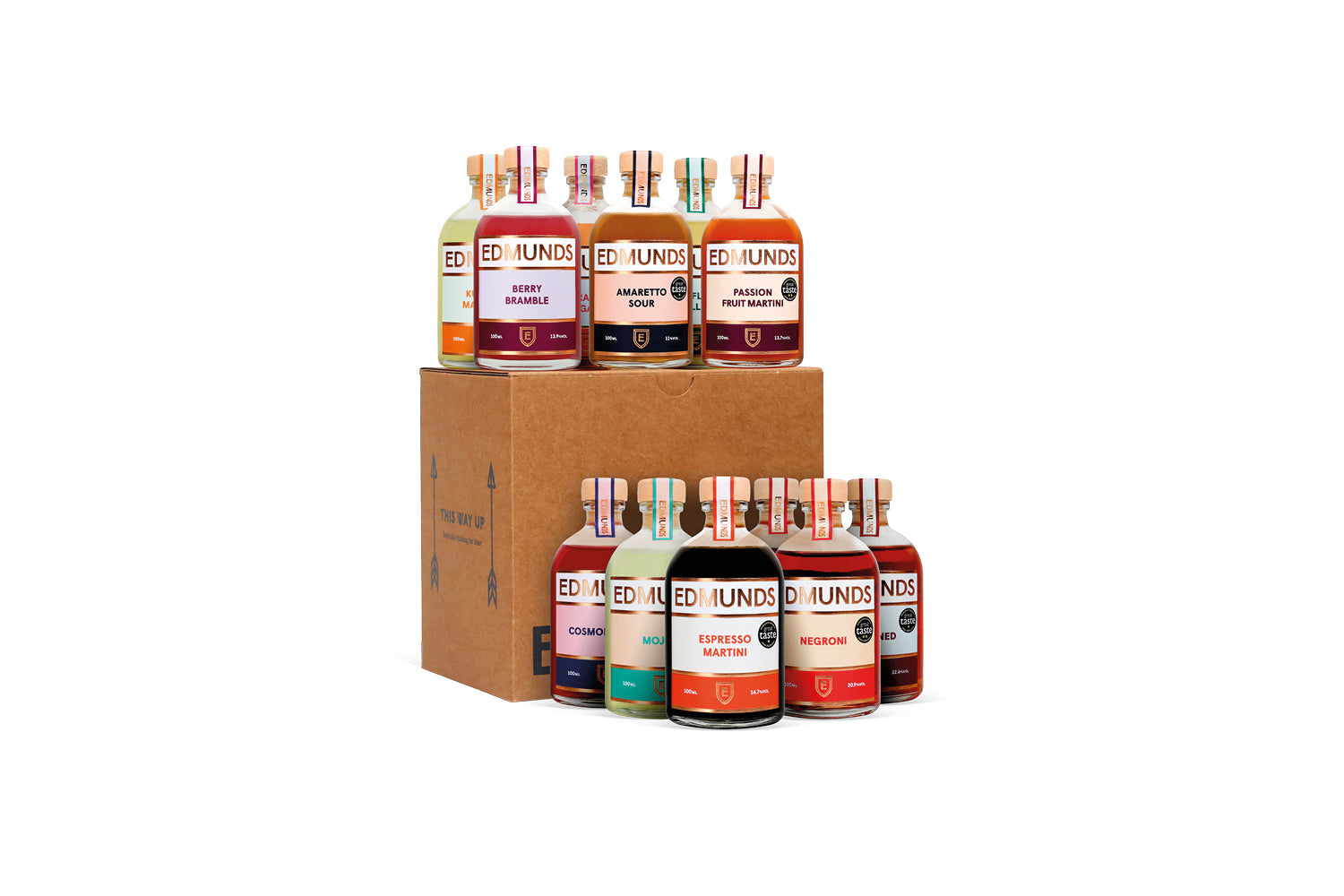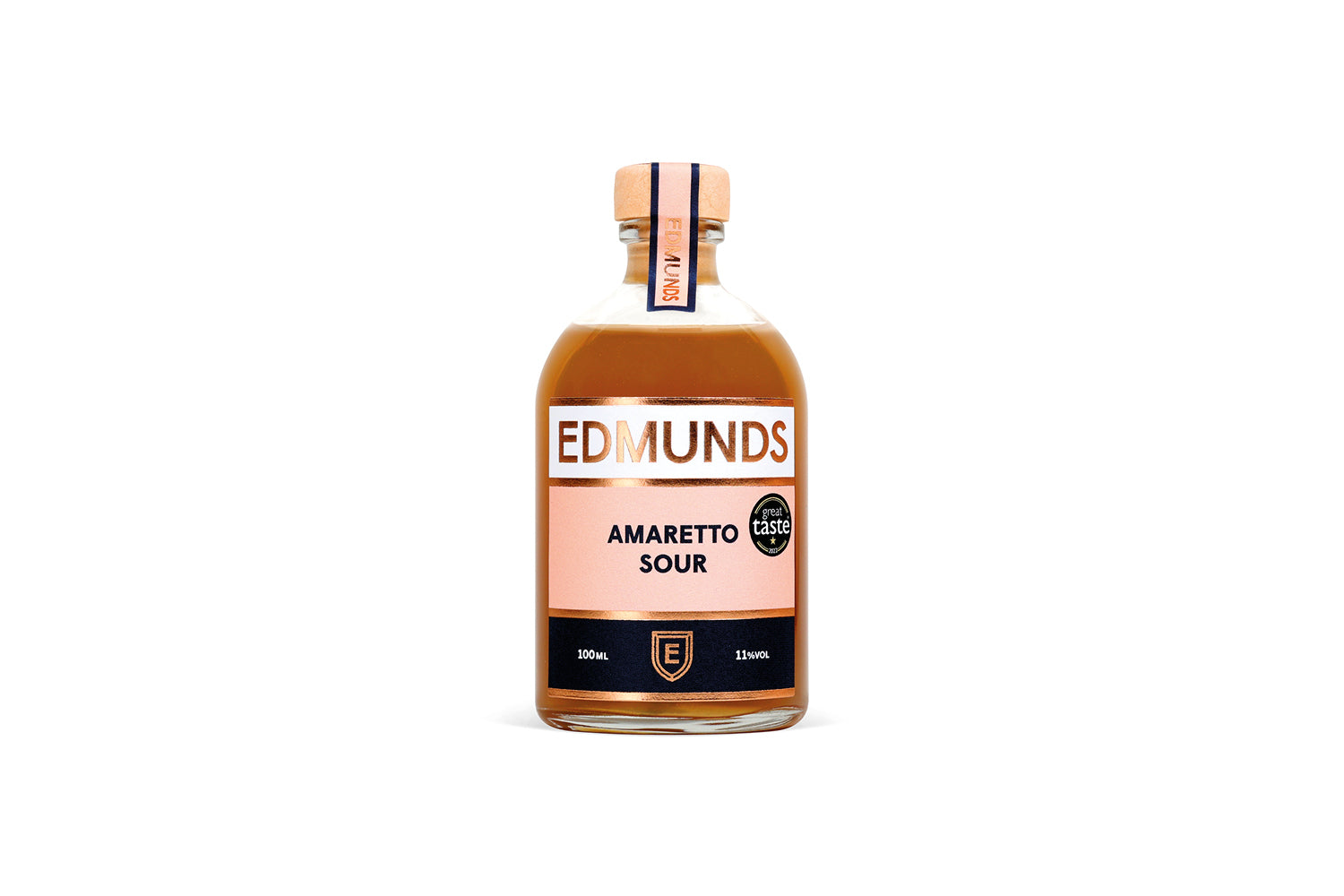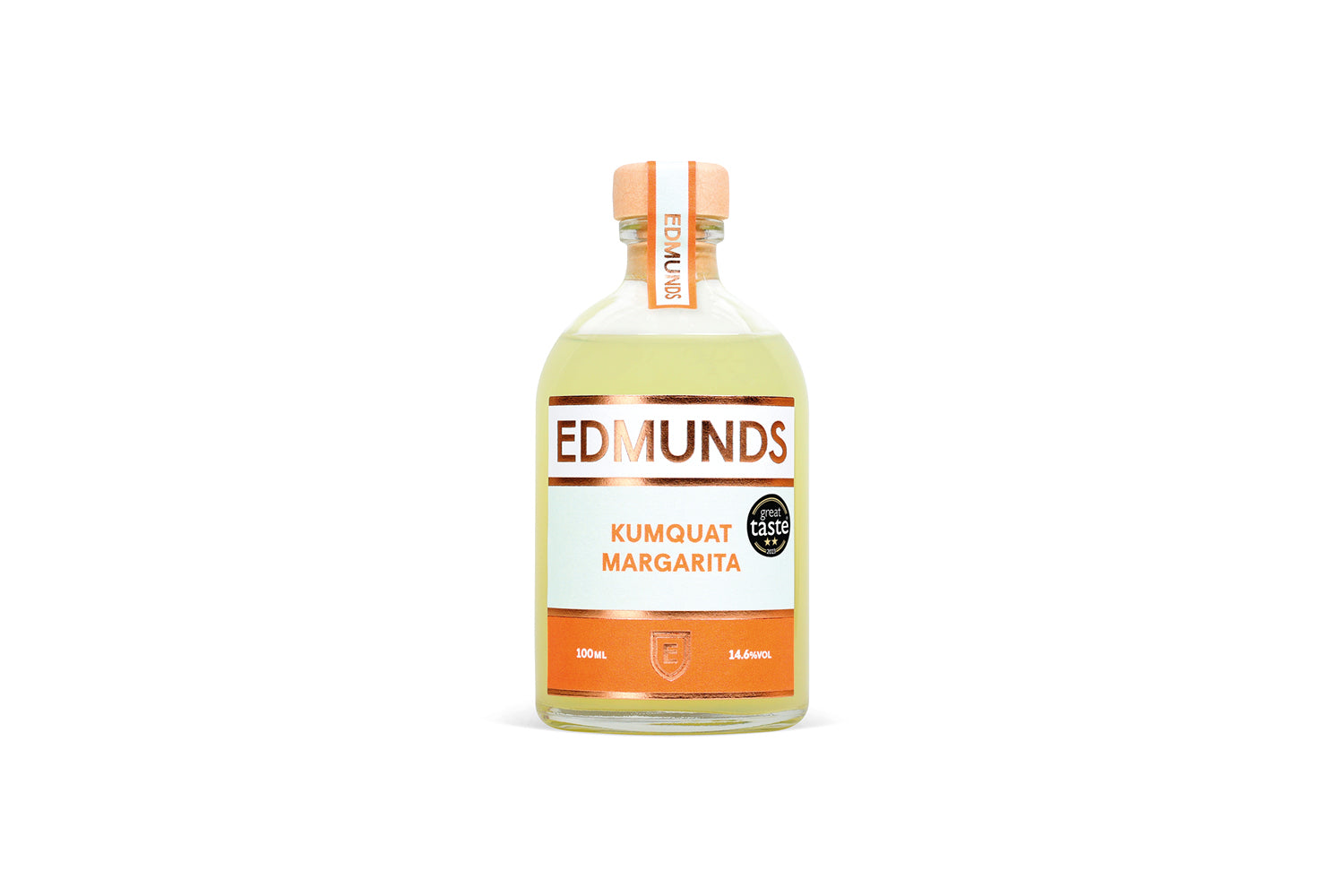You have to dig back a long way to find vodka’s roots – perhaps as far as the ninth century, when emerging Slavic states were first forming in the north-eastern regions of Europe. Like many early distillations, the first vodka-like spirits were probably produced for religious rituals and medicinal purposes, only transitioning to social and leisure usage over ensuing centuries.
Go west
Whatever the precise nature of its origins, vodka steadily became a staple commodity of East European communities, crossing borders as the geopolitical landscape of the continent flexed and evolved, yet all the while managing to retain a strong sense of place and culture.
As with other spirits, the advent of commercial, continuous distilling operations transformed vodka’s fortunes, making it accessible to a much wider audience – aided by the stellar marketing efforts of global brands such as Smirnoff. The spirit’s neutral flavour profile, compared to the more assertive notes of gin, rum and whisky, made it the perfect base for cocktails, likely contributing significantly to its later international success.
The earliest western European and American Vodka Martinis and Vodka Collinses probably date back to the 1930s. But vodka really found its groove in the 1950s and 60s, as its association with the post-war glamour of Hollywood – most enduringly with James Bond’s trademark Vesper Martini and the brunch staple, Bloody Mary – saw vodka cement its place in US and British cocktail culture.
80s flavour explosion
Fast forward to the 1980s and the trend for colourful, flavourful and, let’s be honest, downright ostentatious, cocktails led to the creation of some classic (Espresso Martini) – and some not-so-classic (we’re looking at you, Harvey Wallbanger) – combinations.
The premiumisation of vodka during this period also meant that bartenders started using vodka with more intention in top-quality cocktails. The Cosmopolitan, popularised by Miami Strand bartender Cheryl Cook, typified this new approach; her iconic pairing of the newly launched Absolut Citron variant with Triple Sec, lime and cranberry juice, went viral in the 1990s as Sex and the City captured the zeitgeist.
The invention of the Appletini in the late 90s (reputedly at Lola's West Hollywood restaurant) also sparked the creation of a wave of fruity alterna-tinis, some of which are still popular today. The Lemon Drop Martini is the simplest iteration (vodka, Triple Sec, lemon juice and simple syrup) but combinations like the Passion Fruit Martini and Lychee Martini still bring a pop of fragrant exotic fruit to the tried-and-tested Martini formula and are perfect for summer.
The right ingredients
Vodka can be made from lots of things* – usually from potato, grain or fruit, though early vodkas are likely to have been primarily potato-based. The potato starch offers an earthy flavour profile and have a lot of character and depth, as well as a smooth finish – perfect for sipping neat. Wheat vodka has a less pronounced spirit flavour and a slightly cleaner, sweeter profile which makes it the ideal base for cocktails.
In an industry where multi-nationals – like Diageo and Anheuser-Busch InBev – dominate, it’s interesting to witness the recent rise of smaller independent spirit makers. Perhaps surprisingly, given vodka’s long Russian pedigree, many of the premium brands today are European – think Grey Goose and Ciroc (French), Belvedere (Polish) and Absolut (Swedish).
At Edmunds, we use Absolut Citron for our Cosmopolitan and a premium UK brand – Sapling – for our other vodka-based cocktails. Sapling vodka is made exclusively from British wheat and distilled four times, resulting in a very clean, crisp, and naturally sweet taste. It’s this purity that also brings out the spirit’s herbaceous and citrusy notes, lending itself beautifully to vodka tonics, vodka lime sodas – and our cocktails, of course!
*The British premium vodka brand Black Cow is made from milk – who’d have thought it even possible?










































































